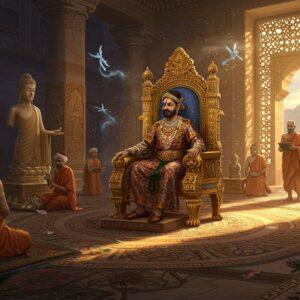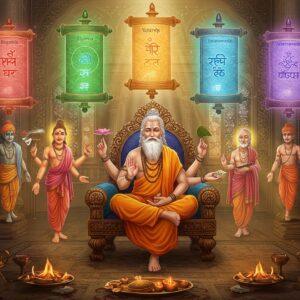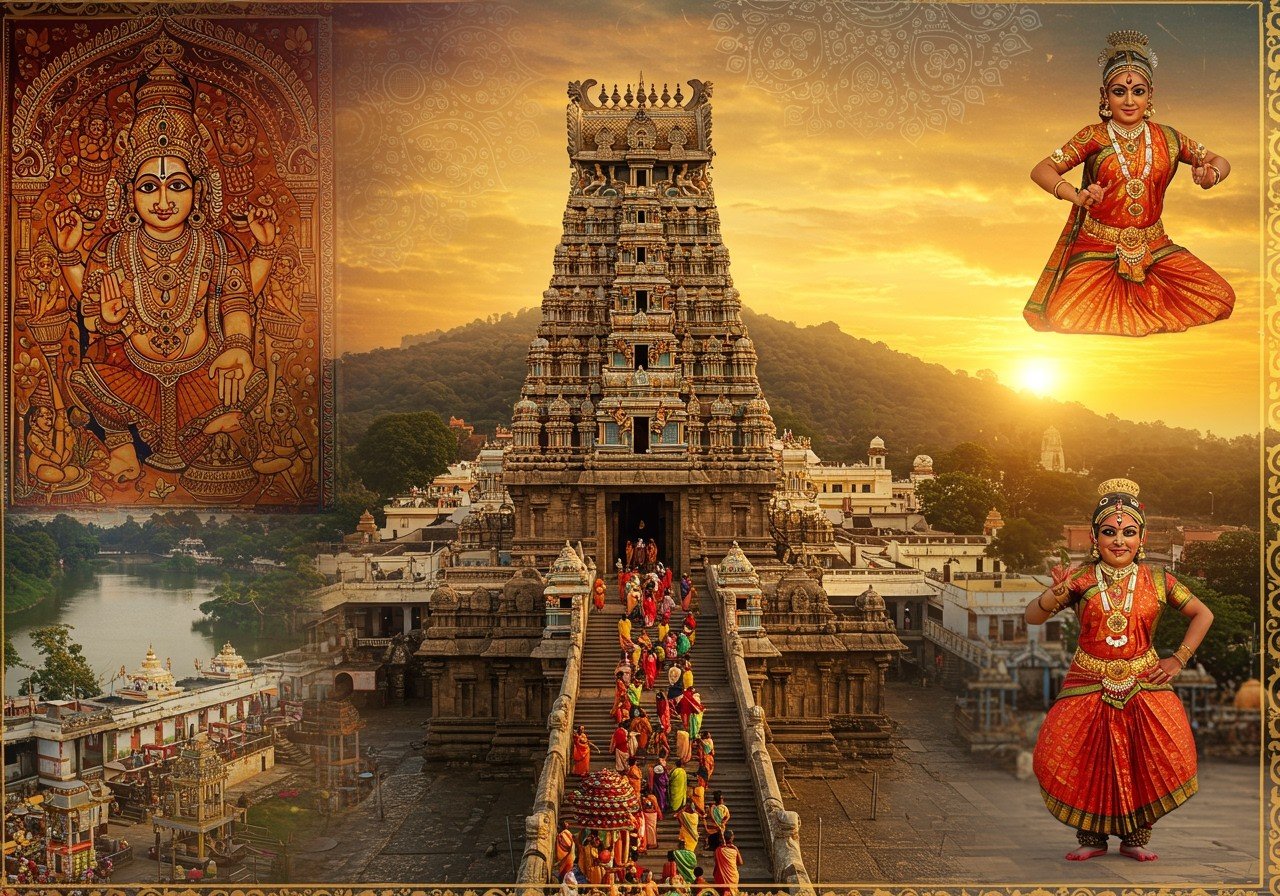
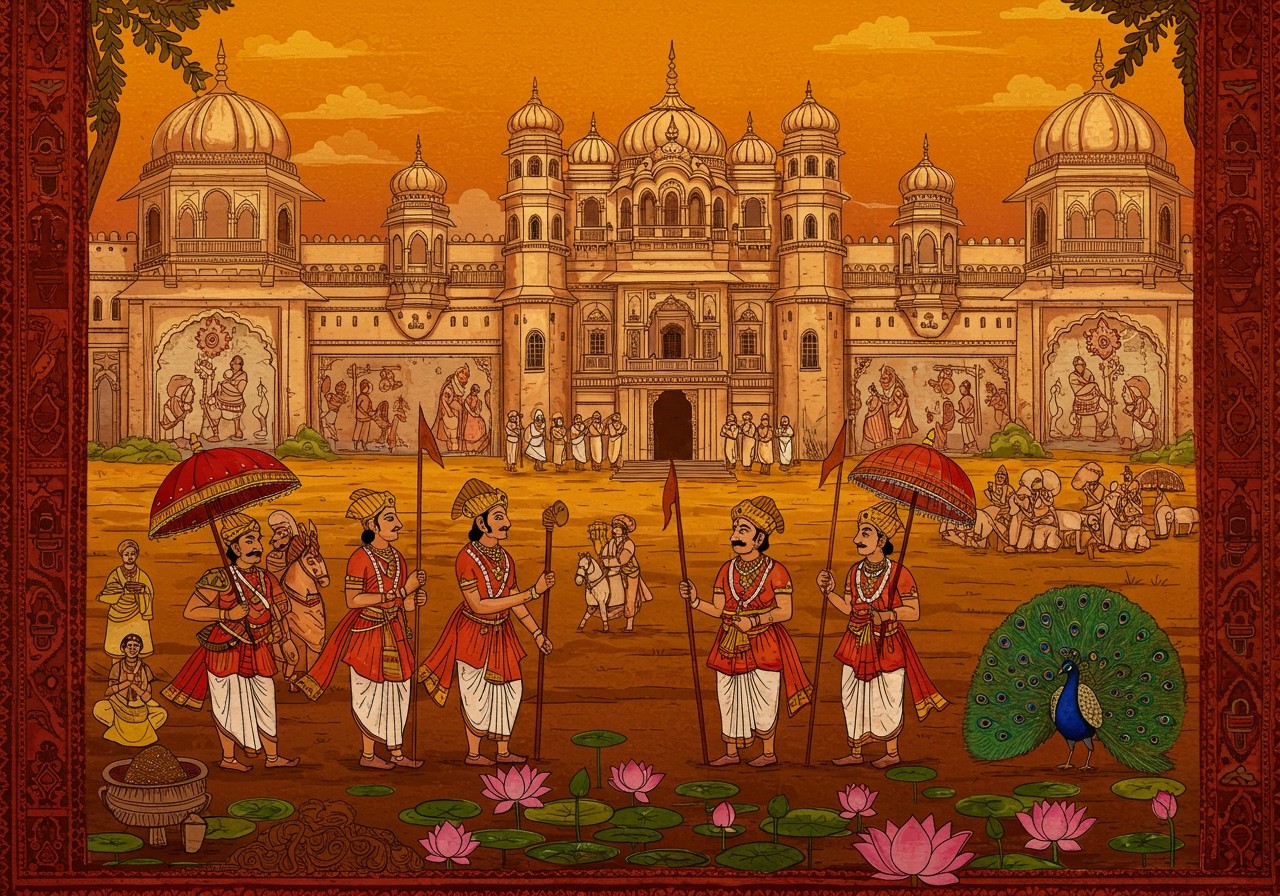
In the vast and beautiful tapestry of India’s history, there are countless stories of kingdoms and princely states whose legacies continue to inspire us. Some are famous, while others are hidden gems waiting to be discovered. One such incredible story is that of Sandur State, a place brimming with a rich cultural heritage and historical importance. For those of us who hold our traditions and history close to our hearts, understanding the journey of Sandur is like uncovering a treasured family heirloom.
The Roots of Sandur: Where It All Began
Nestled in the heart of modern-day Karnataka, the story of Sandur as a princely state begins in the year 1713. It was founded by a brave Maratha chieftain, Sidhojirao of the Ghorpade family. This wasn’t just any family; their lineage is said to trace back to Karnasinh, a Sisodia Rajput, blending the valour of the Marathas with the honour of the Rajputs. This unique heritage laid the foundation for a culture that was both strong and deeply rooted.
The state’s location within the beautiful Sandur mountain ranges gave it not only lush greenery but also immense strategic value. It was blessed with rich deposits of iron ore and manganese, making it a land of great economic importance. This natural wealth played a huge role in shaping its destiny and the lives of its people.
The Visionary Rulers of Sandur
The Ghorpade rulers weren’t just warriors; they were known for their remarkable administrative skills and forward-thinking policies. At a time when society was deeply divided, they took steps that were truly revolutionary. They were among the first to open the doors of temples and places of worship to all castes, a powerful move against the practice of untouchability. They believed in the power of knowledge for all and established educational institutions that welcomed everyone. This progressive vision is a testament to their wisdom and commitment to social harmony.
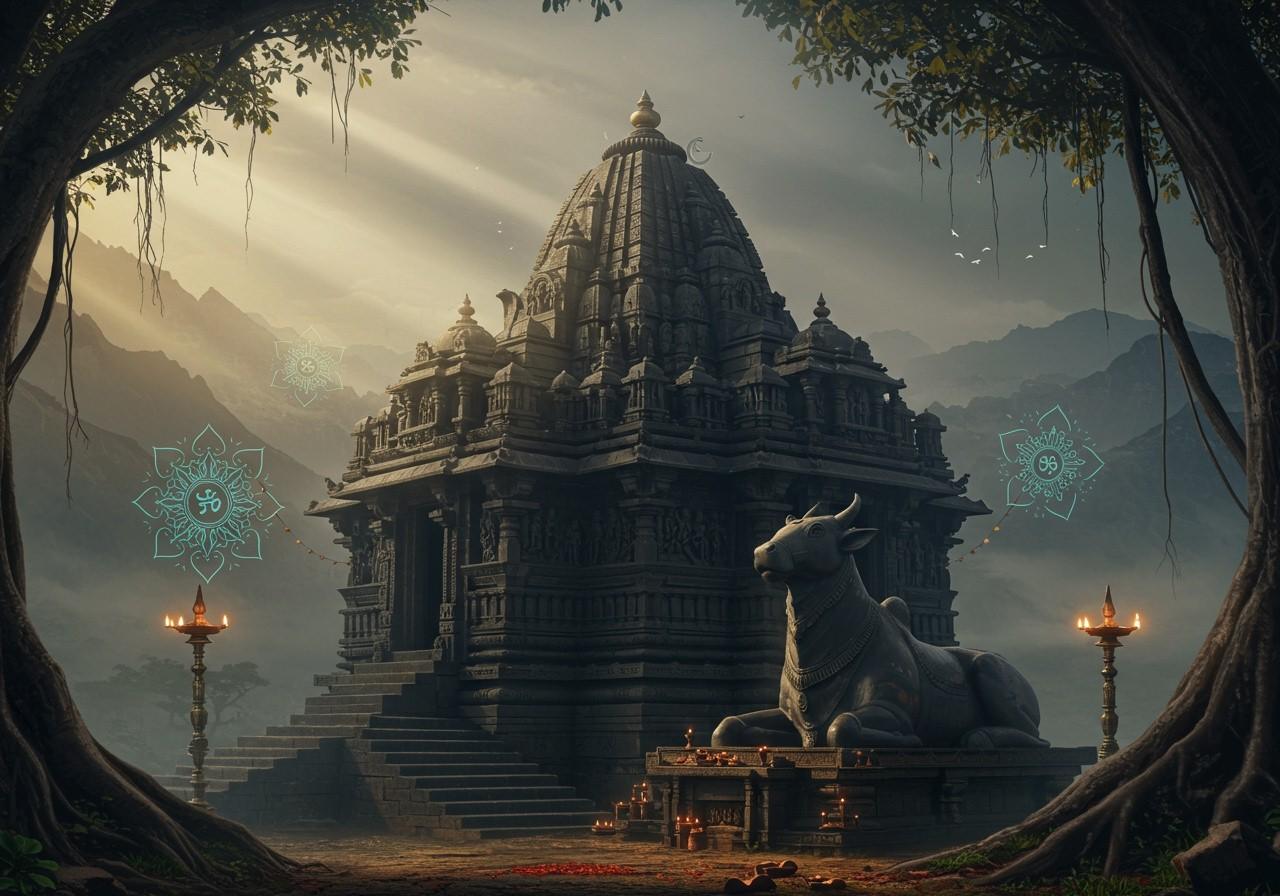
A Journey Through Changing Times
Like any kingdom, Sandur saw its share of challenges and changes. Its history is marked by several shifts in governance:
- The Mysore Annexation: For a period between 1776 and 1790, the state was annexed by the powerful Mysore Kingdom, a significant chapter in its political journey.
- Maratha Dominion and British Protectorate: Later, it briefly came under the Marathas’ Dominions (1817-1818). Soon after, in 1818, Sandur formally became a British protectorate, with its rulers coming under the political authority of the Madras Presidency.
- Joining the Indian Union: The most defining moment came with India’s independence. On August 10, 1947, the visionary ruler Raja Yeshwantrao Ghorpade signed the instrument of accession, merging Sandur’s destiny with that of a new, independent India. The state was first merged with Madras Presidency in 1949 and later became part of Mysore State (now Karnataka) in 1953.
Sandur Today: A Living Legacy
Today, Sandur is a beautiful town in Karnataka’s Bellary district, and its past is alive in its magnificent structures. The stunning Shivavilas Palace, completed in 1940, is a breathtaking example of blended Indian and Western architecture. It now serves as a heritage hotel and museum, allowing visitors to step back in time and experience the grandeur of its royal era.
Exploring the history of places like Sandur reminds us of the depth of our own heritage. It inspires us to keep our traditions alive. If you wish to connect with your own cultural roots, Poojn.in is here to help. We offer a wide range of authentic Pooja Samagri to ensure your rituals are performed with utmost devotion and purity. For those who treasure heritage, our collection of culturally significant items offers a beautiful way to bring tradition into your home.
Curious to Know More? Your Questions Answered
Where exactly is Sandur located?
Sandur is beautifully situated in the Bellary District of Karnataka. It’s a place known for its scenic hills, lush greenery, and, of course, its incredible history.
What makes Sandur so historically important?
Its significance comes from a mix of factors. Strategically, its location was crucial, and economically, its rich mineral resources like iron ore made it a very valuable territory. The progressive governance of its rulers also adds to its historical importance.
How did Sandur State eventually become a part of India?
After India gained independence in 1947, the princely states were integrated into the Indian Union. Sandur officially acceded in 1949, marking a new chapter in its long and storied history as part of a united India.
What can one see in Sandur today?
The main attraction is the magnificent Shivavilas Palace. Beyond that, the natural beauty of the Sandur hills and the warmth of its culture make it a wonderful place for anyone interested in history and nature to visit.
A Legacy That Endures
The story of Sandur State is a powerful reminder of the resilience, vision, and rich culture that defines India. From its foundation by the Ghorpades to its seamless integration into modern India, its journey is a source of immense pride. By learning about and preserving these histories, we honour the legacy of those who came before us and keep the flame of our heritage burning bright for generations to come.

